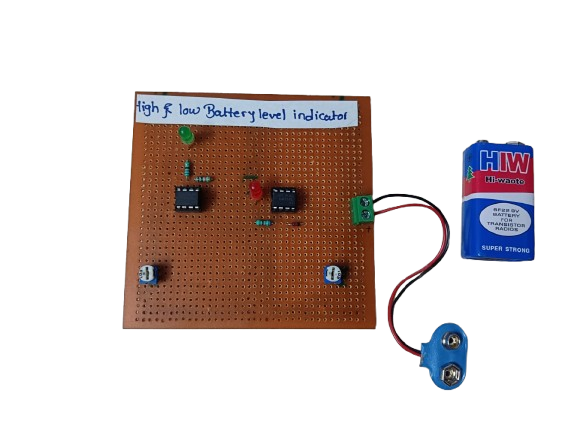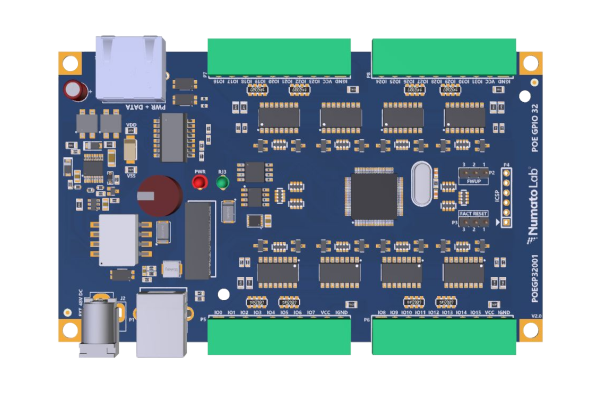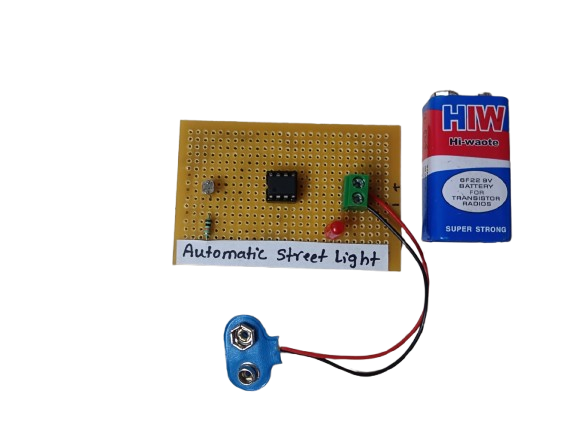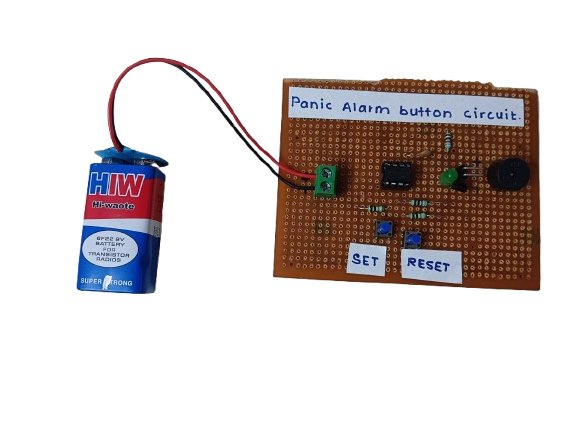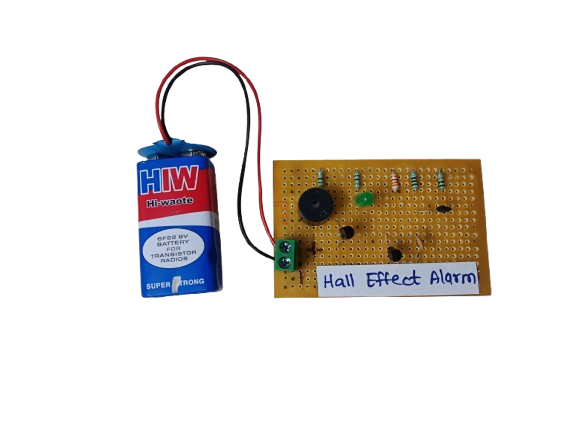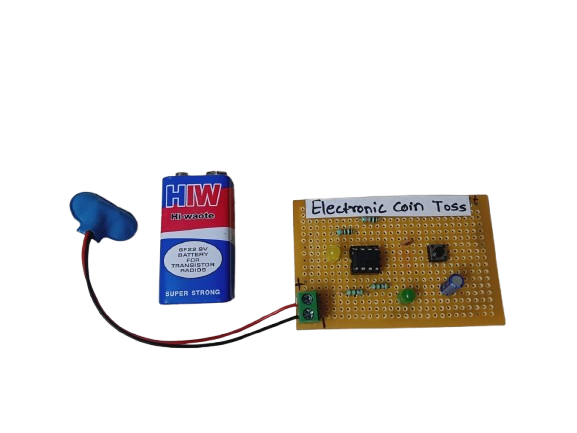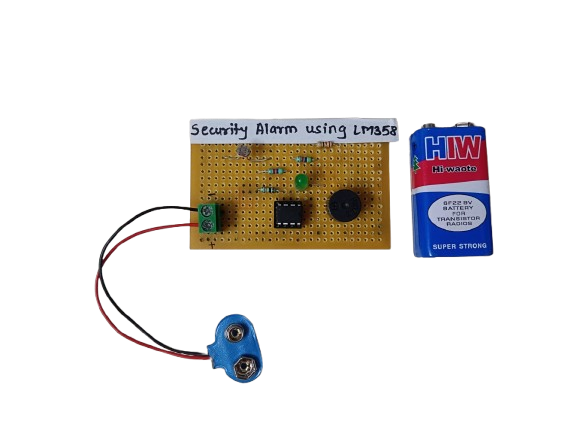Tri-Tone Buzzer
₹180.00
In StockA Tri-Tone Buzzer is an audio signaling device that produces three distinct tones in a sequence or pattern. It’s commonly used in alarms, emergency systems, and attention-grabbing devices to indicate different conditions or alert levels.
Description
Unlike a standard buzzer that emits a single tone or continuous beep, a Tri-Tone Buzzer creates a sequence of three different audio frequencies, often in a repeating pattern. This makes it more noticeable and suitable for environments where different sound cues are required.
The tri-tone sound can be generated using:
- Oscillator circuits (with 555 timers)
- Microcontrollers (like Arduino or PIC)
- Audio ICs (like UM3561, HT2811)
Each tone is generated at a different frequency, typically around 500 Hz, 1 kHz, and 2 kHz, with brief delays or switches in between to make the pattern recognizable and rhythmic.
Applications:
1.Emergency Alarms
1.Used in fire alarms, hospital alerts, and evacuation systems.
2.Security Systems
1.Alerts with distinct tones for intrusion, power failure, or tampering.
3.Vehicle Warning Systems
1.Multi-tone indicators for seatbelts, doors, or engine alerts.
4.Industrial Equipment
1.Warns workers of malfunction or operational hazards.
5.Door Bells & Attention Systems
1.More noticeable than single-tone buzzers.
-
A Battery High-Low Monitor is an electronic circuit or device that detects and indicates the voltage level of a battery — whether it’s too high (overcharged), normal, or too low (discharged). It helps protect batteries from overcharging or deep discharge, which can damage the battery or reduce its lifespan.
These monitors often use comparators, voltage dividers, LED indicators, or microcontrollers to track and display battery status in real time.
₹225.00 -
This project involves controlling a DC motor’s direction using an 8051 microcontroller, with a buzzer and LED indicating the motor’s rotation state. When the DC motor rotates forward, the microcontroller keeps the buzzer and LED off. However, when the motor is rotated in reverse, the microcontroller triggers both the buzzer and LED to turn on as a visual and audible indication of the motor’s reverse rotation




